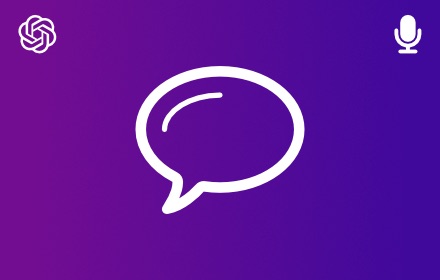Speech-to-Text Enhancing Digital Accessibility
In an age where digital technology pervades every aspect of our lives, the importance of ensuring that these resources are accessible to all cannot be overstated. Speech-to-Text Enhancing Digital Accessibility stands at the forefront of this mission, breaking down barriers and opening new pathways for individuals who face challenges in traditional modes of interaction with technology. This transformative approach not only elevates the user experience for those with disabilities but also benefits a broader audience by offering convenience and improved usability in everyday tasks.
The Evolution of Speech-to-Text Technology
Speech-to-Text Enhancing Digital Accessibility has come a long way since its inception. Initially geared toward assisting individuals with disabilities, it has expanded its reach, streamlining interactions with technology for people all around the world. The evolution began with simple voice recognition systems that required slow, articulated speech. Today, cutting-edge algorithms and powerful computing capabilities have refined these systems, allowing for real-time, natural language processing and a higher degree of accuracy than ever before.
Moreover, the application of speech-to-text extends far beyond dictation. With its integration into smart home devices, mobile applications, and educational software, it has become a cornerstone for inclusivity. For instance, students with dyslexia can now more effectively participate in classroom activities, thanks to speech recognition that transforms spoken language into written text, fostering a more inclusive learning environment.
Applications of Speech Recognition in Enhancing Accessibility
Speech-to-Text Enhancing Digital Accessibility holds enormous potential for application in numerous fields. In healthcare, for example, doctors and nurses can record notes hands-free, allowing them to focus more on providing care to their patients. In the realm of customer service, speech recognition enables more efficient interaction with automated systems, facilitating quicker resolution of inquiries and issues.
Furthermore, in the world of web browsing, technologies like the TalkaType browser extension have revolutionized the way users interact with digital content. TalkaType allows users to navigate, type, and execute commands across any website simply by using their voice, which is particularly empowering for users with motor impairments or vision challenges.
TalkaType: A Game-Changer for Web Accessibility
Speech-to-Text Enhancing Digital Accessibility is epitomized by innovative solutions like TalkaType. By granting users the ability to utilize voice commands on any website, TalkaType champions the notions of freedom and autonomy for all web users. It alleviates the reliance on traditional input methods—like keyboard and mouse—and opens up the digital world to those who may have found it less accommodating previously.
One remarkable aspect of TalkaType is its inclusivity. It doesn't only cater to a niche audience. Whether it's a professional multitasking between correspondence and reports, a student with carpal tunnel syndrome, or a senior citizen unfamiliar with typing, TalkaType brings the vast expanse of the internet to their fingertips—or rather, their voice.
In conclusion, the path towards a truly inclusive digital world is being paved by advances in speech recognition technology. By integrating tools like TalkaType into our everyday digital usage, we are not just enhancing accessibility—we are catalyzing a profound shift in how we all interact with technology. As we look to the future, the continuing advancement of Speech-to-Text Enhancing Digital Accessibility promises to further embed equality in the fabric of our digital society.
Subscribe to our newsletter
Subscribe to our newsletter for tips, exciting benefits, and product updates from the team behind Voice Control!
Other projects from the team

Talkio AI
The ultimate language training app for the browser that uses AI technology to help you improve your oral language skills.

Voice Control for Gemini
Expand the voice features of Google Gemini with read aloud and keyboard shortcuts for the built-in voice recognition.